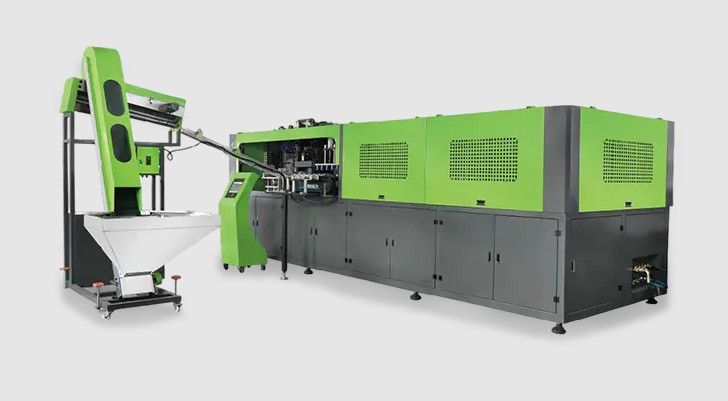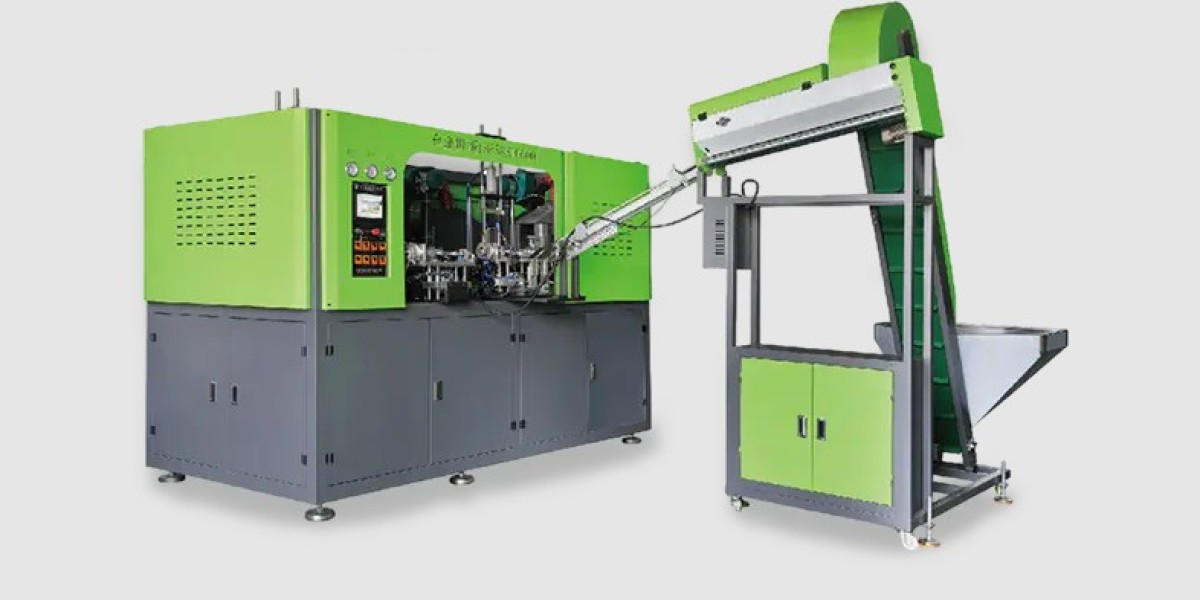In today’s manufacturing landscape, the High-Speed Bottle Blowing Machine has become a symbol of precision and productivity. It combines advanced automation with refined engineering principles to achieve uniform results at impressive production speeds. For companies aiming to balance output with quality control, this equipment offers a reliable solution.

Central to the machine’s performance is its heating and molding system. Infrared lamps heat PET preforms evenly, allowing them to reach the ideal temperature before being transferred into the mold. Proper heat distribution prevents uneven stretching and ensures that the finished bottles maintain clarity and structural balance. Once heated, the preform undergoes high-pressure air expansion, taking the form defined by the mold.
Automation plays a crucial role in maintaining synchronization between heating, stretching, and cooling. Sensors and controllers monitor each step, ensuring that every preform undergoes the same process with minimal deviation. This consistency results in uniform thickness and precise bottle dimensions. It also helps reduce manual errors and waste, increasing overall production reliability.
A High-Speed Bottle Blowing Machine is not only about speed but also about maintaining steady operation across extended hours. Servo-driven components, lightweight mold systems, and intelligent air recovery mechanisms contribute to stable and energy-efficient production. These design features make it easier to manage continuous manufacturing without excessive wear or frequent maintenance.
In many facilities, digital monitoring has replaced manual supervision. Operators can track production data, monitor temperatures, and detect irregularities directly from the control interface. The system also records performance metrics, supporting preventive maintenance and reducing the risk of downtime. Such connectivity between machine and operator creates a more efficient production environment.
Flexibility is another feature valued by producers. Quick mold-change systems and adjustable blowing parameters allow for fast product variation. This is particularly useful when producing bottles for beverages, personal care, or chemical containers on the same line. The machine’s structure supports frequent changeovers without compromising production rhythm.
By improving air and energy utilization, the High-Speed Bottle Blowing Machine reduces operational costs and environmental impact. Its design continues to evolve toward greater resource efficiency, helping manufacturers align with sustainable production trends while maintaining industrial-scale output.



